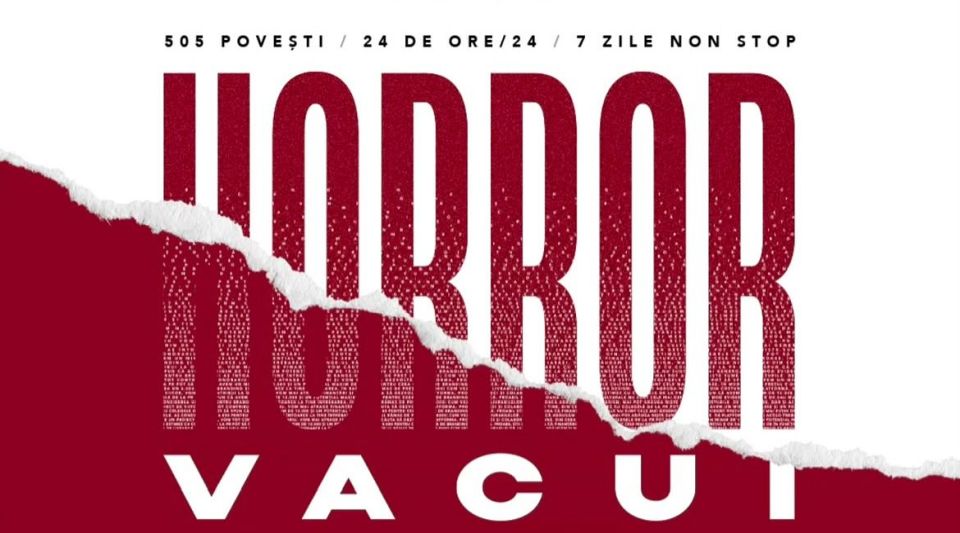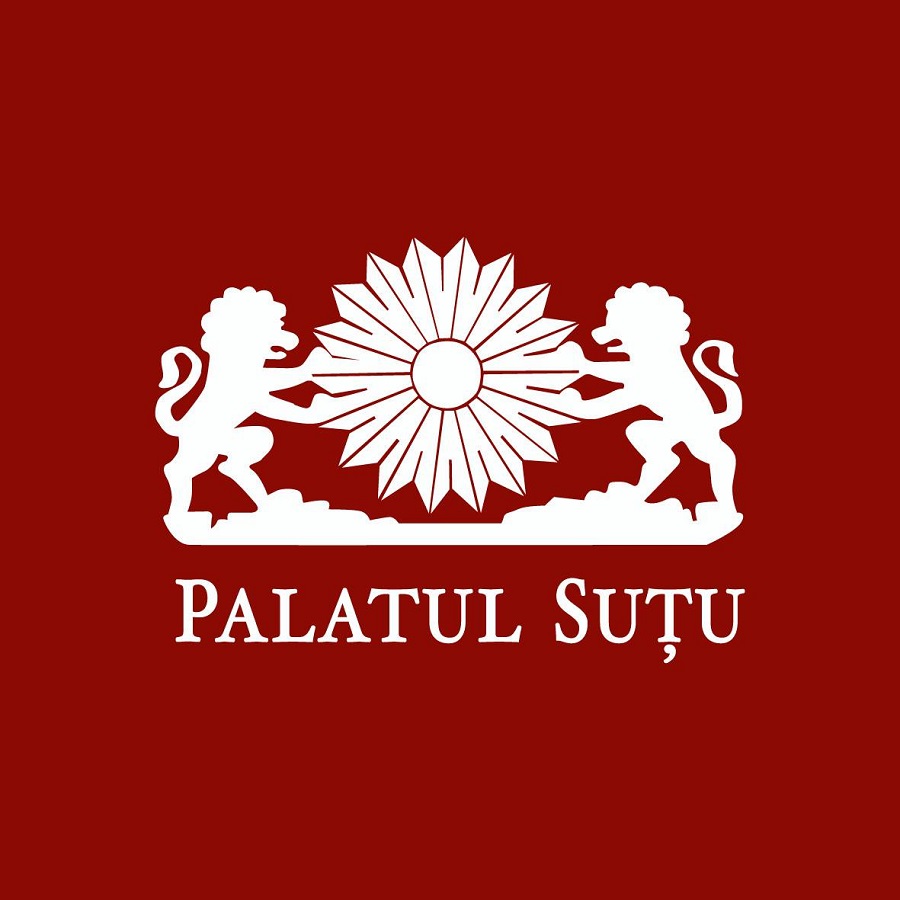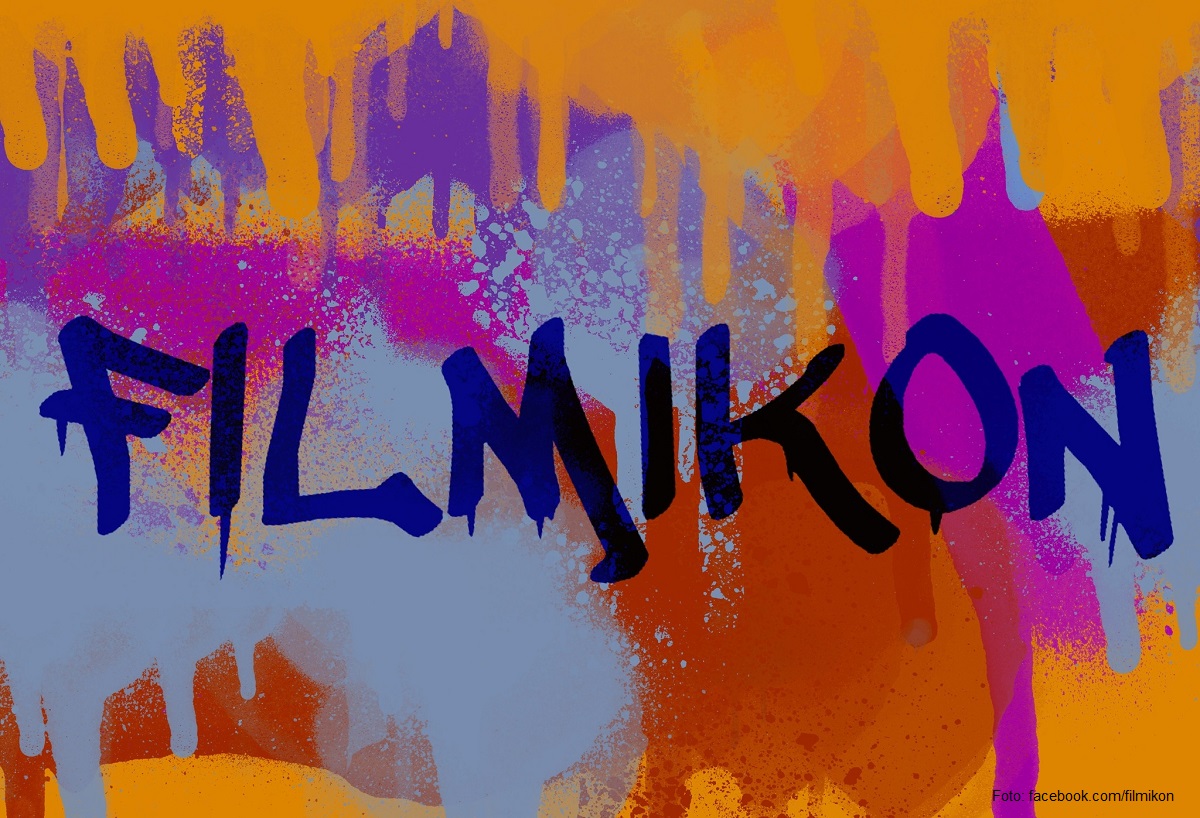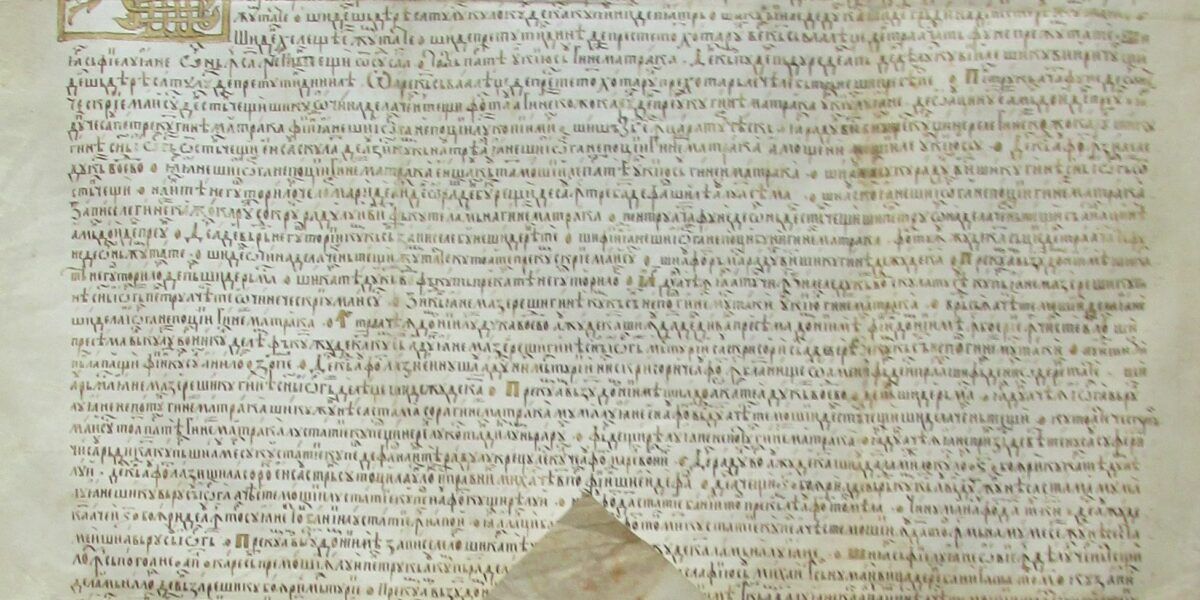Fine Art in Sibiu and Brasov
Nicolae Daicu, president of the Fine Artists' Union in Brasov, believes in the educational value of art.
România Internațional, 12.09.2015, 17:21
Nicolae Daicu, president of the Fine Artists Union in Brasov, in central Romania, has presented his works at numerous exhibitions in Romania and abroad, in countries like France, Luxembourg, Denmark and Japan.After he graduated from the Arts High School in Brasov, in 1971, he decided to take up sculpture so he enrolled with the Institute of Fine and Decorative Arts in Cluj. He opened his first exhibition during his student years. Nicolae Daicu, who is also a teacher with the Fine Arts High School, believes in the educational value of art:
“Ive been working with this high school for 38 years and all this time I have never got bored, as spending so time around teenagers has helped me stay young as well. Unfortunately there are cases of young teachers who abandon their profession after only one year, as there are insufficient teaching positions for them. Although I teach sculpture, I can honestly say I often leave it aside in favor of some direct talks with my students, about issues they should in fact be approaching with their parents or other teachers. This is one of the reasons why two years ago they voted me teacher of the year. I was very happy about it and I realized they picked me because we talk a lot, I answer them to the most varied questions and together we take the liberty to have a free way of thinking which allows us to travel the world. I also have students who are unable to walk and come to school in a wheelchair. I find it extraordinary that they have pushed their limits and decided to take the best in life. I also have a student with the Down syndrome but his colleagues welcomed him in the warmest way possible, they accepted him and made him one of their own.”
Nicolae Daicu has been the head of the Fine Artists Union in Brasov for ten years. Set up in 1946 by a group of local artists, this has been the first such union in Romania.
“I dont know who adopted who, but we live in a symbiosis that is good for us. Five years ago I tried to set up a museum of contemporary art based on donations from artists. We have gathered over 340 works, but since I havent found a venue for them yet, although I have asked the local authorities for support, I plan on setting up a virtual museum. As for my work as an artist, you should not think that inspiration comes while the artist is having a coffee. Inspiration needs to be constantly challenged. And to challenge it means to work. I make bronze works and discovering old working techniques has always been a challenge.”
Nicolae Daicu has 18 monumental works in several Romanian localities. One of them is the statue of the late metropolitan bishop Andrei Saguna, displayed in front of the high school with the same name. Another important work is the 8-meter high Time Column, in the Prejmer locality, where a workshop was held in 1994, and also the monument of Avram Iancu, in front of the Metrom plant. April 25th, 2005, the day when Romania signed the EU accession treaty in Luxembourg, was a very special day for sculptor Nicolae Daicu, as he exhibited his most representative works in that vibrant city. One of the sculptures, a bust of Romanian poet Mihai Eminescu, was the gift the sculptor made to the exhibitions organizers.
“My whole life has been connected to glass making. My father was a glass-maker himself. Near my native village, which is close to the town of Satu Mare, there was the glass factory in Poiana Codrului, the first in Romania. As a child, I had the chance to see glass-makers at work and I loved it. To this day I strongly believe the glass-maker is not a simple worker, but an artist. I practically started from scratch,” says Ion Tamaian, the head of the Ion Art Glass atelier in Selimbar, Sibiu county, who is also the head of the Sibiu branch of the Fine Artists Union. Objects such as glasses, bowls, perfume bottles and vases are being made at the Ion Art Glass atelier. Ion Tamaian:
“We can manufacture here anything that we want and we are constantly trying to stick to the idea that we start from. Of course, when making glass objects we sometimes encounter technical difficulties, and we try to overcome them as we go. So I could not say there is something that we cant do. Of course the glass technology has its limits but if you are a talented glass-maker, a talented artist and technologist there are no limits to reaching your goal and solutions can be found to anything. Im sometimes approached by people who tell me they want a certain object and they even come up with sketches and with technical solutions. We talk, we exchange opinions and try to make an original glass object.”
The most expensive artwork ever made by Ion Art Glass atelier was entitled “Portal” and was sold to a private art collector in the US for 35,000 dollars. Some of the Christmas balls manufactured at the workshop in Selimbar even reached the White House and adorned the Christmas tree there. Ion Tamaian:
“Utility and utility-art objects are exhibited. Tourists from all over the world come to visit out the workshop, as this place is already famous abroad due to its participation in international exhibitions. For this reason, many of the tourists to Transylvania want to pay us a visit. We always show them the whole process of making glass objects and we even let them model the objects themselves, something that they are very happy to do. This is a workshop that has passed the test of time. We resisted on the market because we focused on exports. Its the exports that helped us succeed, as we had exhibitions in various parts of the world, such as the US, which has a very good market and also China, the Nordic countries and Brazil. The real challenge is to be able to keep the standards high and still manage to sell art in difficult economic contexts. By displaying our works at international fairs we manage to keep in touch with important art galleries worldwide.”

